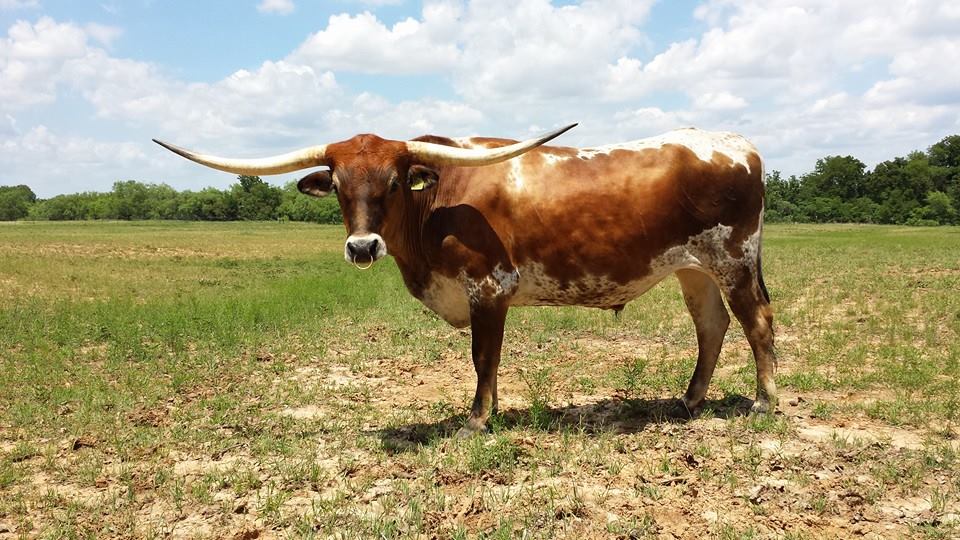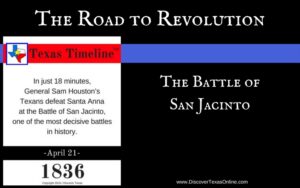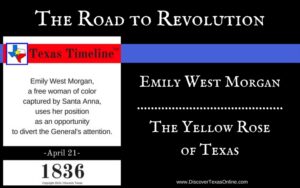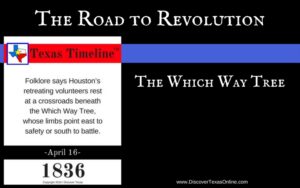On 17 November 1884 cattlemen meeting in St. Louis passed a resolution to ask the United States Congress to build and maintain a National Trail from Doan’s Crossing on the Red River as far north as the Canadian border. “Texas fever”, caused by ticks, sickened many cattle in cooler states where ticks were not as common. Texas fever gave Texas cattle a bad name. Northern cattlemen threatened to quarantine Texas cattle to keep trail drives from coming through their range land. Texas ranchers could ship their cattle by rail, but it would be much more expensive. As a last-ditch effort, they proposed a government managed trail, but their suggestion didn’t win much support. Colorado, Kansas, Nebraska, New Mexico, Wyoming, and Canada went ahead and passed quarantine laws, severely restricting cattle drives out of Texas.
It was two years later, in January 1886, before Texas congressman James Francis Miller could introduce the National Trail proposal in the US House of Representatives, but the measure was blocked by the northern cattle interests as well as by Texas railroaders hoping for more business.
This spelled the end of Texas cattle drives.
The first Texas cattle drive was mentioned in 1846, but cattle drives did not become common until after the Civil War when men returned to round up cattle that had multiplied and gone feral during 5 years of war. The era of the Texas cowboy enjoyed a heyday of only 21 years, but they stamped a lasting brand on Texas culture.




